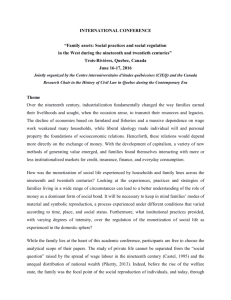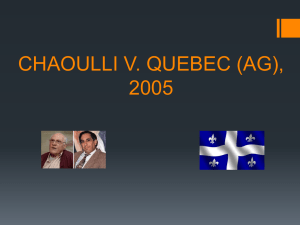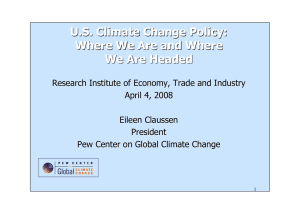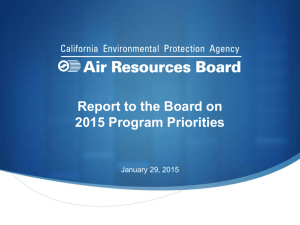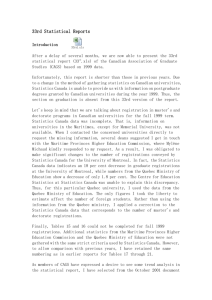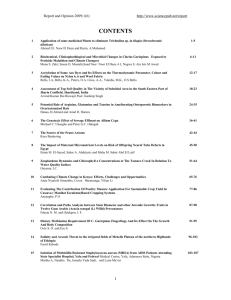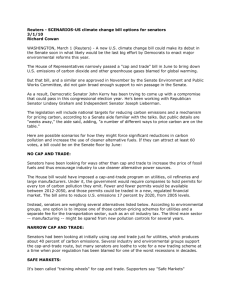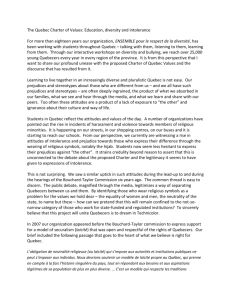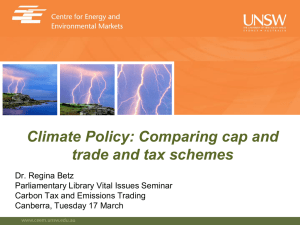PPT - Latin American Carbon Forum
advertisement
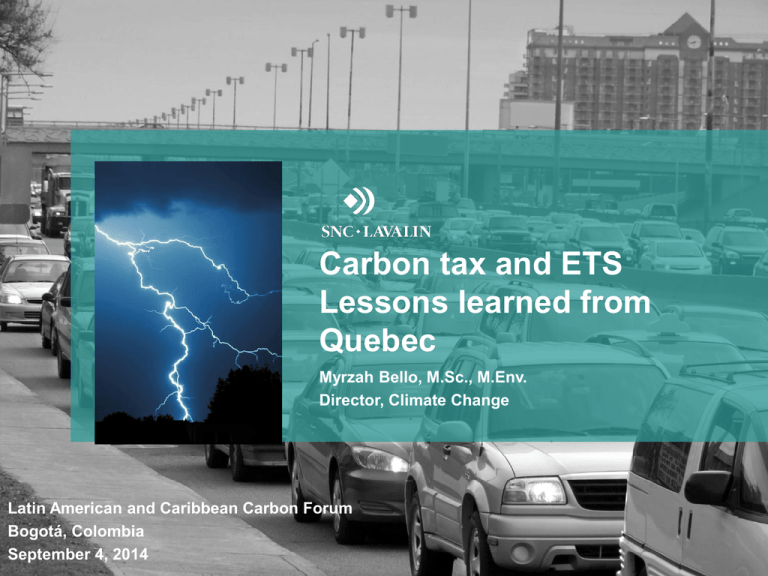
Carbon tax and ETS Lessons learned from Quebec Myrzah Bello, M.Sc., M.Env. Director, Climate Change Latin American and Caribbean Carbon Forum Bogotá, Colombia September 4, 2014 2 Introduction • Different schemes in Canada • BC: Carbon tax • Alberta: Cap and trade with 15$/t CO2e cap • Quebec: Cap and trade linked to California, previously had a carbon tax (green levy) on fossil fuels • Through mainly the Quebec experience: • Advantages • Limitations • Recommendations 3 Rationale of Quebec’s carbon tax • 2006-2012 Climate change action plan to reduce emission and to adapt to climate change • Carbon tax was dedicated entirely to the actions in plan • Approximately 1.5 billion $ • 2013-2020 Climate change action plan to reduce emissions and adapt to climate change • Cap and trade revenues will finance the 2013-2020 action plan • Expected revenues more than double of the 2006-2012 plan 4 A Carbon Tax… • Is easier to manage by government and industry (emitters) • What’s the objective? • Needs to be dedicated to carbon emission reductions and climate change adaptation – • Needs to be established based on the value of carbon • Doesn’t instigate change by emitters in the long term (especially if the value of tax isn’t revised periodically) 5 Establishing the cost of carbon • Quebec’s carbon tax was based on an average amount of 0,01$ per liter or m3 of fuel • The value was practically unchanged for a period of 7 years Natural gas Diesel Fuel Light oil Heavy oil 5,29 $/t 3,58$/t 4,24$/t 3,17$/t 3,66$/t • It did not take into account the carbon contribution of each fuel. • The carbon ETS now does: • Floor price: 11.34$/t • Maximum price: 55.13$/t • Prices increase at minimum 5% per year. 6 Once the carbon tax collected, now what? • Development of an action plan to reduce emissions, develop technologies, etc. • When setting up the program: • Measuring efficiency of the program • Comparing national emissions from one year to another is not an efficient way to measure (other variables) • Governance structure: accountability, results, responsibilities • Monitoring advancement needs to be established: clear indicators • Objectives: priority reduce emissions, co-lateral benefits • Thorough documented analysis of possible measures is essential to retain more pertinent and more economical to attain objective 7 Cost ( $ t/ CO2 ) Technology limit in 2014 Investing in lower cost per tonne first! Profits 15 $ Projects with « profits » 8 THANK YOU! Myrzah Bello, M.Sc., M.Env. Director, Climate Change +1-514-441-3167 Myrzah.Bello@snclavalin.com
![Garneau english[2]](http://s3.studylib.net/store/data/009055680_1-3b43eff1d74ac67cb0b4b7fdc09def98-300x300.png)






